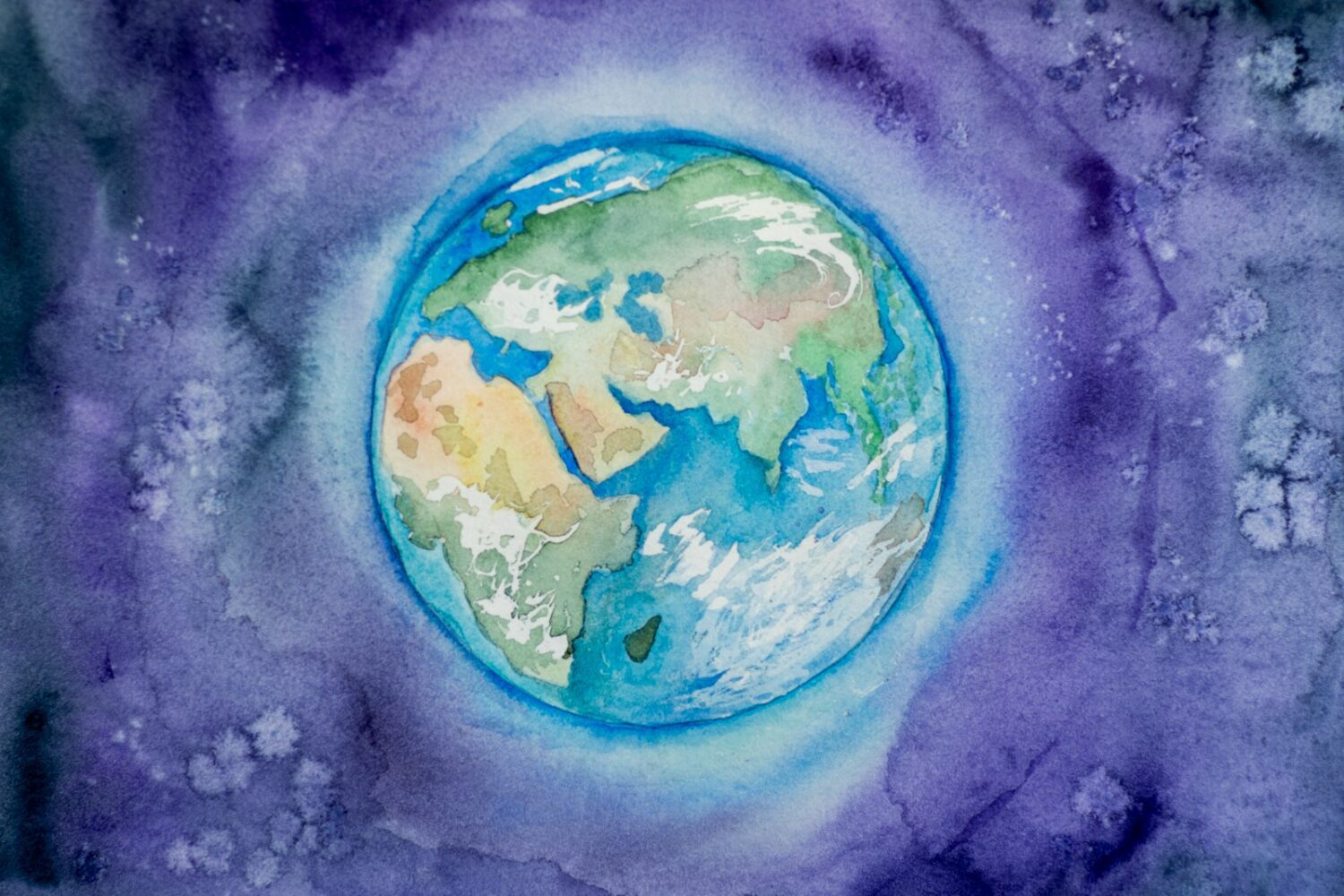Learn some interesting facts you may not have known before
1. Speed of raindrops
The drops change in size during the fall process mainly due to the speed of movement. This begs the question, how fast do raindrops fall? They can reach speeds of up to 32 km / h. Of course, not all drops fall so fast. Some slowly descend to the ground at a speed of 3 km / h.
2. The shape of the raindrop
What does a drop of rain look like? It begins its life in a cloud in the form of a sphere, but as it begins to fall to the ground, it acquires a shape that is more similar to the upper half of a hamburger. What a huge disappointment, because we all believed that the drop had a pointed tip. It turns out, however, that it looks more like this:
3. The weight of the raindrop
The phrase “heavy rain” can be an oxymoron, as long as the average weight of one drop is 0.2 grams. It is lighter than a human eyelash.
4. Eternal rain
If you are planning to visit the Mauncinrama area of India, it is worth taking a wetsuit. This is the wettest place on the planet. About 1,186 cm of rain falls every year. The main reason for this is that the Himalayas impede the movement of clouds. The Colombian city of Kidbo is the wettest city in the world.
5. Thirst
The water that falls from the sky is not like mineral water. But you can still drink rainwater. However, you should know that together with it you swallow everything from the electrical network and the smoking plant.
6. Composition of rain
And to be more specific, rainwater contains bacteria, market, dust, dirt, smoke and other chemicals. On planets such as Venus, the rain is not from water, but from sulfuric acid and methane.
7. The dance of the rain
This is not an urban myth. The Indian tribes actually practice certain dances in the hope of summoning rain. There are, of course, deeper beliefs in this, as agriculture needs irrigation rain. However, drip systems have not been invented before.
8. Fun in the rain
Rain usually harms sports because the playgrounds get muddy. In darts, this inconvenience does not exist. It is believed that this game was created in the Middle Ages in England. Like darts, the children’s song “Rain Rain Go Away” originated in England. In the 16th century, when the country was in conflict with Spain, the Spanish Armada failed to invade Britain in 1588. One of the reasons was the terrible rainy weather.
9. Rain does not always make the ground wet
In some very dry and hot places, the rain sometimes evaporates before reaching the ground.
10. Why we love the smell of rain
When the raindrops reach the ground, we smell freshly dug soil. This is because the soil is inhabited by bacteria called actinomycetes, which leave the sensation of this specific aroma.
11. Color rain
Sometimes the rain has color. This colored rain occurs when the falling drops contain enough dust particles in themselves.











